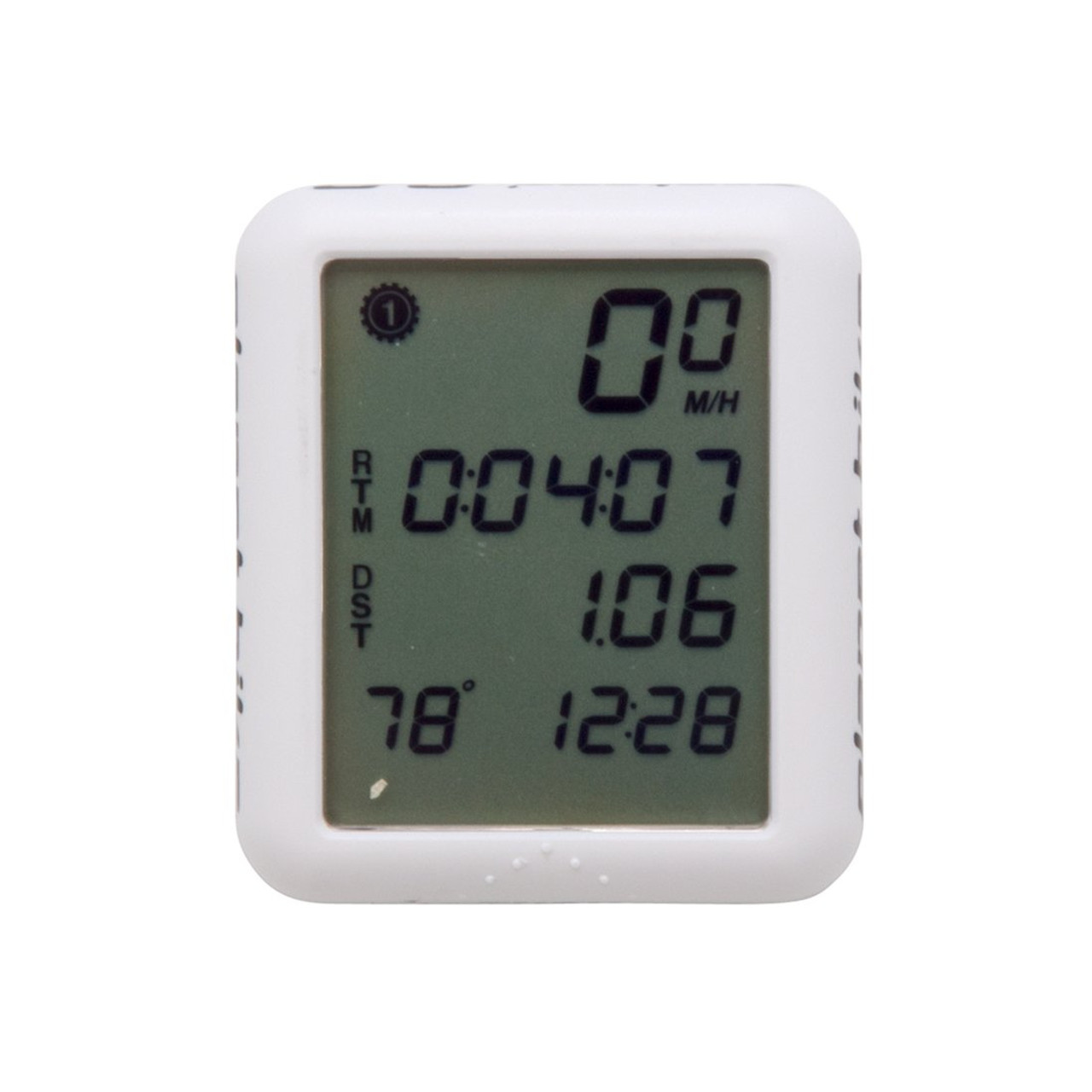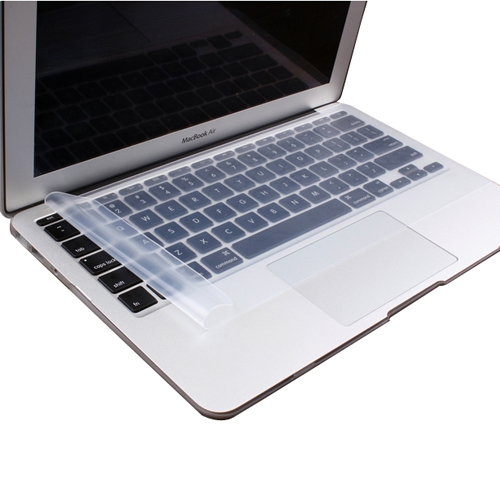

- PROTEGE DESKTOP MANUAL
- PROTEGE DESKTOP FREE
In order to distinguish with the official Protege, the artifact version is changed.

two implementations: (1) Desktop Protege, a full-fledged OWL ontology editor. Protg Desktop supports creation and editing of one or more ontologies in a single workspace via a completely customizable user interface.

Any contributions in these directions are welcome. To construct a solid foundation for the next generation of Protege using a. Since many of these interesting things have not been done yet, right now this project is just a kind of demonstration and test-stand for ONT-API. More about implemented features can be found on the wiki page. SPIN mapping through ONT-MAP (discussable).
PROTEGE DESKTOP FREE
SPARQL tab (SELECT, ASK, DESCRIBE, CONSTRUCT, JSON + UPDATE) ProtgVOWL requires at least version 4 of Protg Desktop that is available at free of charge. How do I submit a bug report for Protege If youre an end user, the easiest way to submit a bug report is to send us a message on the protege-user support mailing list. Since ONT-API is a RDF-centric OWL-API implementation (and the RDF-Graph is a main protagonist there), this opens up great opportunities to support all RDF-related things natively, including SPARQL, triple-stores, SHACL, etc. What is Protege The Protege Project offers WebProtege and Protege Desktop, which are free and open source ontology editing applications. Since ONT-API is an implementation of OWL-API v5 (not v4), no existing native Protege plugins are compatible with this fork. This has the following two important consequences: The main difference between this Protege and the official one is that this fork has ONT-API at its core, while the original Protege Desktop uses OWL-API (v4). Protege Desktop is a free and open source ontology editor. Feel free to make adjustments to suit your needs. (Note that other SPARQL editors seem to perform poorly or freeze up altogether because of the size of FoodOn).RDF Protege Desktop (v1.0.1-RDF-SNAPSHOT) This is a modified fork of Protege Desktop. Rather than reading a good book with a cup of coffee in the afternoon, instead they cope with some harmful bugs inside their desktop computer. This guide describes one possible approach to configuring the Eclipse Platform for working with the Protege Desktop source code. Then you can launch speedy SPARQL queries. Protege will trigger a circle cursor which you use to indicate where in the screen layout to insert a query window (its a bit awkward!). 
Snap SPARQL QueryĪlternately, one can add the “ Window > Views > Query views > Snap SPARQL Query” editor to an existing or new tab. However, each item has to be selected manually in their interface, which is painful when there are thousands of items descended from a root item that one wants to import.
PROTEGE DESKTOP MANUAL
The “ Refactor > Copy/move/delete axioms > Axioms by reference” menu option enables manual selection of items to copy into a new or existing ontology. When viewing the hierarchy of entities on either Class or Entity tabs, right click while hovering over a hierarchic item to see a “ Copy sub-hierarchy as tab-indented text” option which will copy ontology ids and labels into your document cut & paste buffer, for easy inclusion in other files or reports. When viewing or editing FoodOn with the Stanford Protégé desktop OWL ontology editor, a few methods for extracting branches of vocabulary are available.








 0 kommentar(er)
0 kommentar(er)
